Wakehurst parkway upgrade: please speak up for local wildlife in your feedback - submissions close december 6
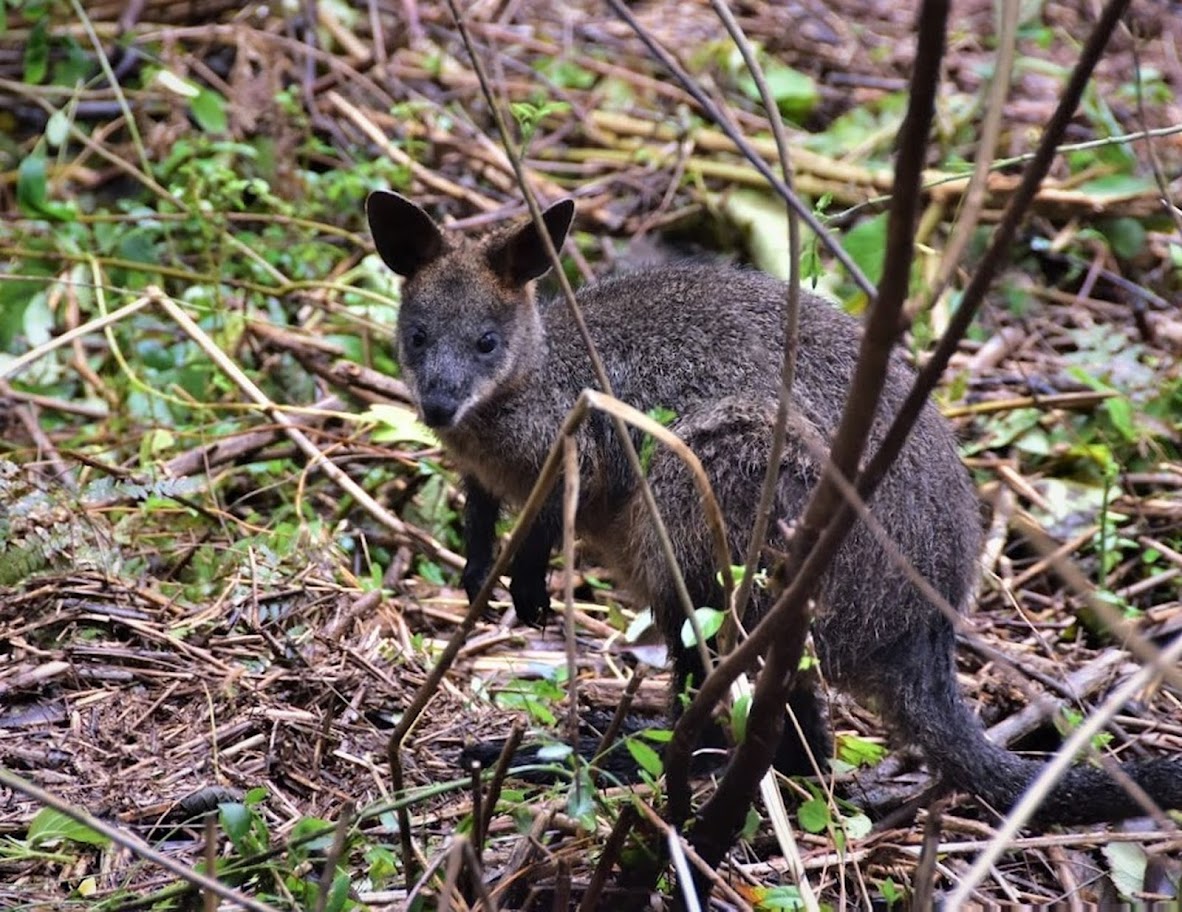
Photo: Young Wallaby in Warriewood by Kevin Murray, March 2022.
Transport for NSW is planning road improvements along Wakehurst Parkway between Frenchs Forest Road, Frenchs Forest and Pittwater Road, North Narrabeen. These include intersection upgrades and focus on improving safety and capacity for this key road link in Sydney’s Northern Beaches.
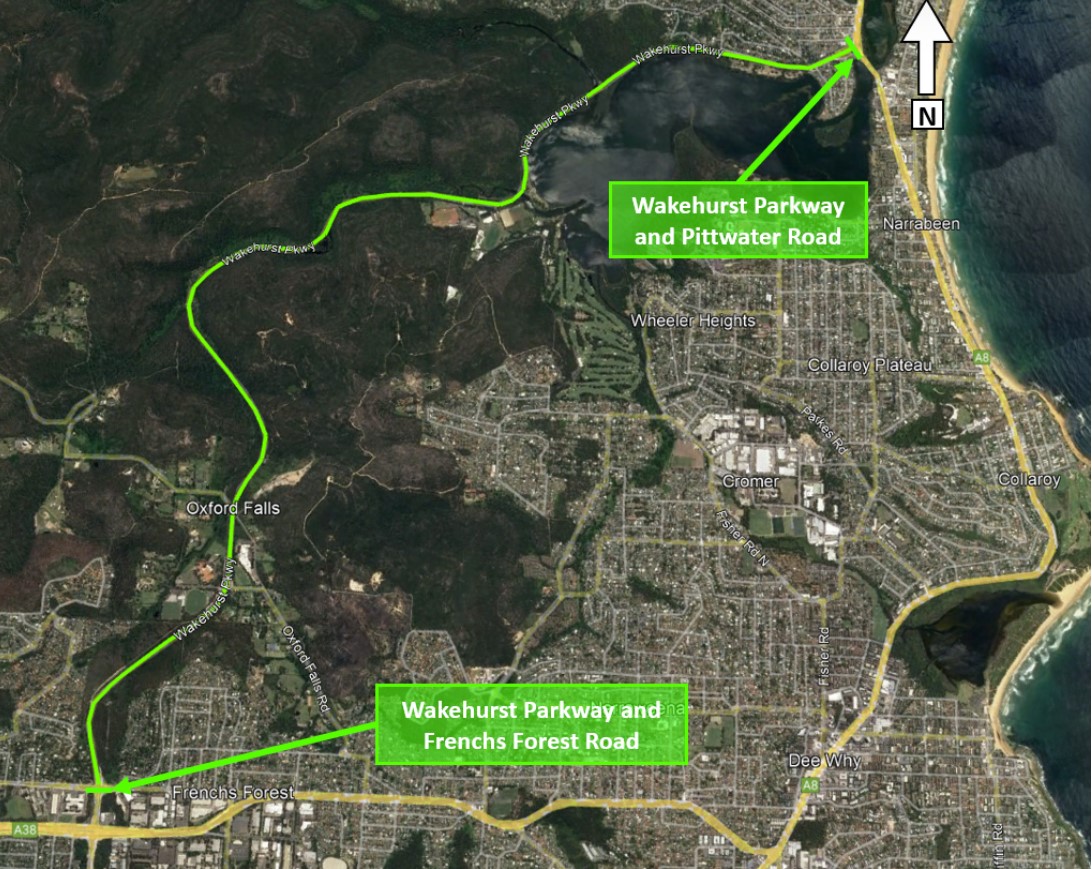
Diagram provided by Transport New South Wales
Background
Transport for NSW is planning improvements to sections of Wakehurst Parkway to reduce congestion and delays and improve safety.
The Wakehurst Parkway has a high incidence of wildlife roadkill especially wallabies and possums.
The road has a history of crashes. There is always the risk of a human fatality where a driver swerves to avoid an animal on the road.
The Parkway has been progressively fenced with animal mitigation fencing. Upgrades provide another opportunity to install more mitigation fencing and to improve underpasses so that animals can move through the area from Garigal National Park in the north to the south side of the Narrabeen Lagoon catchment.
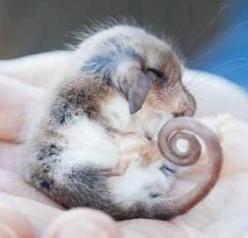
An Eastern pygmy possum.
Properly maintained, continuous wildlife exclusion fencing is essential to alleviate the risk of roadkill.
The fencing must be continuous.
Gates are required to allow access for maintenance and to allow animals to pass through the area in the event of bushfire.
Underpasses are crucial to allow animals to move through the area. Underpasses need to be designed so that animals can use them even in extended periods of wet weather.

Image of underpass David Palmer
High-quality bushland must be preserved. All road widening should be to the north where the bush is lesser quality.
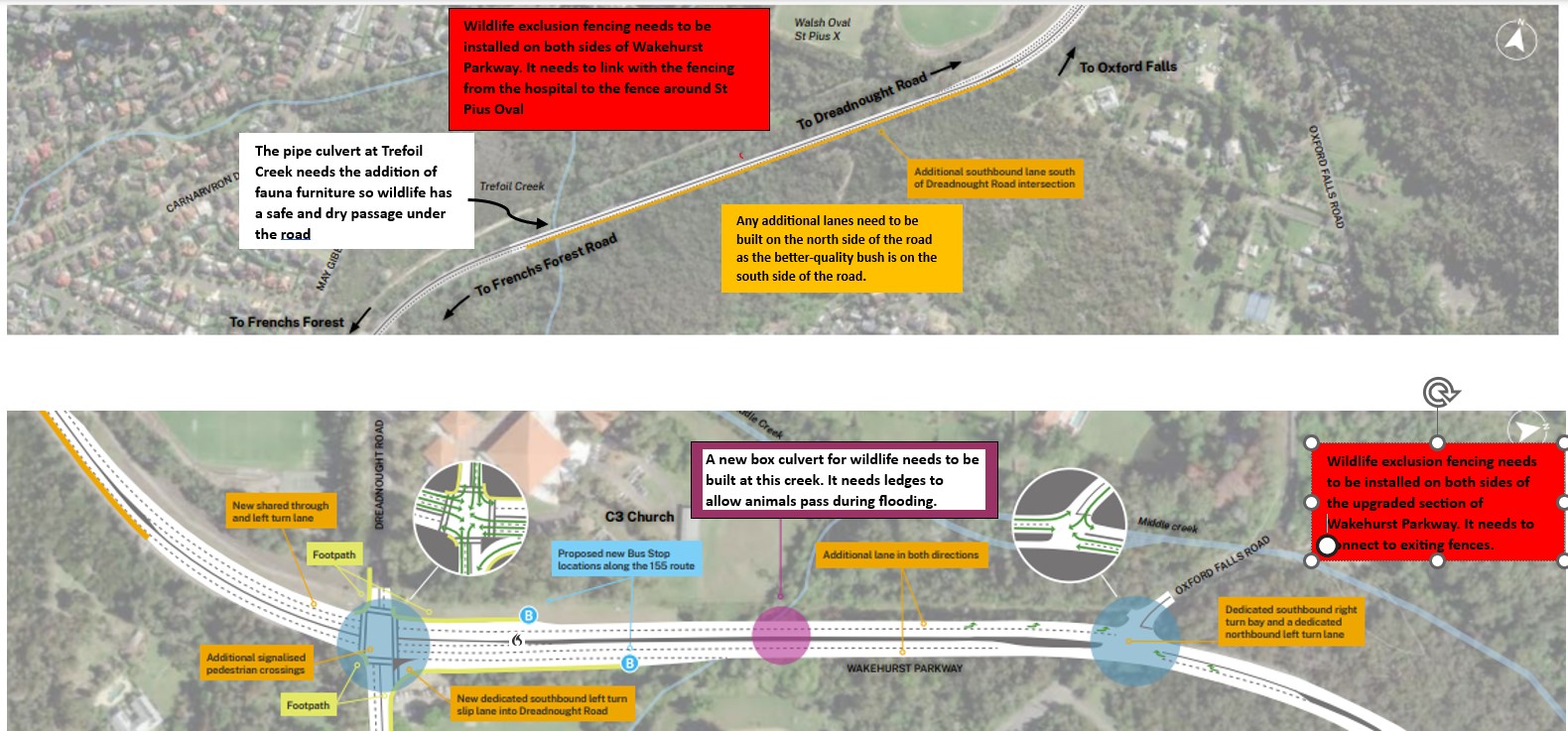
Diagrams provided by Transport New South Wales
This is a unique opportunity to make the roads safer for drivers and wildlife.
PLEASE make a formal submission requesting:
- upgrading existing culverts and provision of new culverts adapted for animal use in all weather.
- continuous fencing from the Northern Beaches hospital in the West to the end of the work at Oxford Falls Road in the east.
- installation of gates to allow the passage of animals in the event of bushfire.
- minimise the loss of high-quality bushland.
How to make a formal submission
To have your say please email northplace@transport.nsw.gov.au by 5pm Wednesday 6 December.
Eastern Pygmy Possums In Pittwater
Pittwater Council engaged Dr Brad Law (expert forest ecologist and specialist in microbats and eastern pygmy possums) in October 2012 to look for Pygmy Possums in Ingleside-Chase Escarpment. 5 transect lines with 5 custom made nest boxes were set up in 5 locations in or near the escarpment through woodland and heath habitat.
Monthly monitoring commenced in October 2012, and one pygmy was found in a nestbox in first check. Over the months all lines showed pygmy's present or pygmy activity (nest building in boxes). The May 2013 check showed breeding (as you can see by this photo).
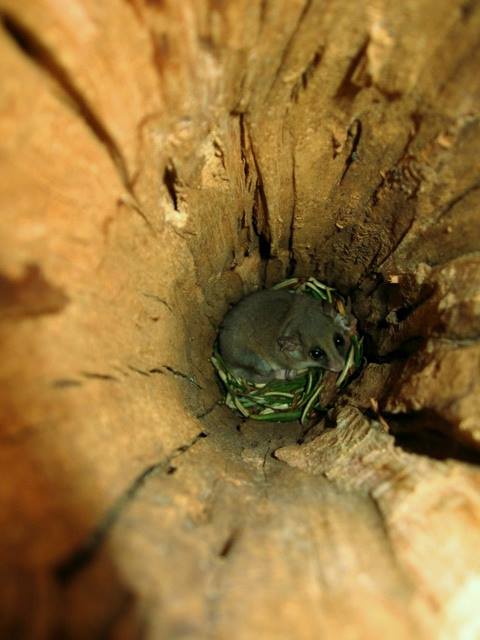
Photo courtesy Pittwater Council, 2013
The Scientific Committee, established by the Threatened Species Conservation Act, has made a Final Determination to list the Eastern Pygmy-possum Cercartetus nanus (Desmarest, 1818) as a Vulnerable species on Schedule 2 of that Act.
Although the Eastern Pygmy-possum is broadly distributed, recent studies have shown that within this range the species appears to be patchily distributed and its overall abundance is low.
Eastern Pygmy Possums had not been recorded in Pittwater before Dr. Law's work. They've obviously always been here but not sighted as they are so small and nomadic.
Eastern Pygmy-possums feed primarily on nectar and pollen from banksias, eucalypts and bottlebrushes. They’re important pollinators of these plants. When flowers are scarce they also eat fruit, seeds and insects.